|
Indie publishing won me over with the publication of my first novel, Women’s Company – The Minerva Girls. The model holds fast for me, and last month I published my third novel, Cloud County Harvest, the sequel to Cloud County Persuasion. Indie publishing is often referred to as self-publishing because the author is in control of the publishing processes: editorial, design, production, distribution, marketing, promotion, and rights licensing. That means the indie author must build a network of individuals who work to professional standards. But where do indie authors find these good people? I. Editor: Robyn Conley. For me, the search for an editor ended when I met Robyn Conley at an annual conference of the Oklahoma Writers’ Federation, Inc. Her credits include not only hundreds of edited manuscripts for satisfied clients, but also a list of her published nonfiction. Robyn has edited all three of my novels. I salute her with a big “Thank you!” When she is not tackling a manuscript at her headquarters in Texas, Robyn shares her expertise as a guest speaker at writers’ conferences and workshops in Arizona, Missouri, Oklahoma, Texas—and wherever else the work takes her. You can learn more about Robyn by visiting her online home robynconley.com. If you like, she’ll give you a free ten-page critique of your manuscript. See her website for details. “I’ve seen the difference Robyn can make. Her knowledge and insights are amazing.”
0 Comments
Was the library from your childhood as elaborate as the delightfully ornate Law Library in the Iowa State Capitol building? Did your library sport a playful gateway like the Children's Section of the Andover Public Library? Mine neither.
But these libraries, like my town's public library, possessed books that led to adventures far more fantastical than any in my neighborhood. And the pleasant librarians encouraged me to borrow as many books as I wanted--at the rate of four books per check-out, of course. On a road trip to the Rocky Mountains last summer, my husband and I visited the historic site of Boggsville, located near the confluence of the Arkansas and Purgatoire Rivers in what would become southeastern Colorado. There’s not much there now, but at the time of its founding in 1866, the hard-working people of Boggsville pioneered irrigation, large-scale farming and ranching in the Arkansas Valley. My husband and I arrived at the remote site on a hot, dusty day in June. No one else was about as we drove into the small, graveled parking lot. When we walked up the path toward the two homes that have been restored, we could hear the sound of our footsteps in the peaceful quiet. A pleasant young woman greeted us at the reception desk. “Would you like a tour guide or a self-guided tour? No one else is here, so I can give you a tour now if you like.”
We happily accepted her guideship. She was a local girl, a student in her first year of college, I believe, and well-versed in the story of Boggsville. When we entered the dining room of a large house, I noticed a framed document on the wall. I drew closer to read the handwriting—original or copy?—before asking some small question about a certain word, a name perhaps? Heads up! Here's the front cover of my new novel, Cloud County Harvest, the sequel to Cloud County Persuasion. It will be published in fall 2022, and I hope you'll enjoy reading it. What is the story about? Cloud County Harvest. Valentine's Day is coming up on Monday, February 14. Although popular among many people, gifts and cards are not required on Valentine's Day. Perhaps your Valentines, however, enjoy books, and you would like to give each of them a novel. But which novel? Here are six "good reads" perfect for your gift-giving list. MYSTERIES 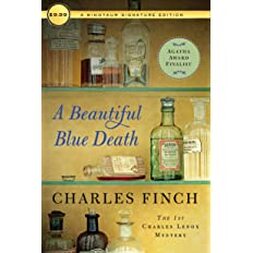 A Beautiful Blue Death. Book 1 of 14 in the Charles Lenox Mysteries. Charles Finch, 2017. England. 1865. Gentleman Charles Lenox, a bachelor with comfortable means, enjoys his comfortable life in his comfortable home in London next door to his widowed friend, Lady Jane Grey.
Nice guy (or rather, gentleman) that he is, Lenox must help when Lady Jane asks him to investigate the unexpected death of her former maid, a likable young woman engaged to be married. Lady Jane thinks the maid might have died by poisoning or suicide. I haven't had the pleasure of reading A Beautiful Blue Death, but my husband Richard recommends it because he blasted through all fourteen books of the Charles Lenox Mysteries during our on-going pandemic. He shared details with me about each novel, often when I was about to drop off to sleep. The plot always woke me up. (Updated 2/4/2022, 11/9/2022, 4/4/2024) 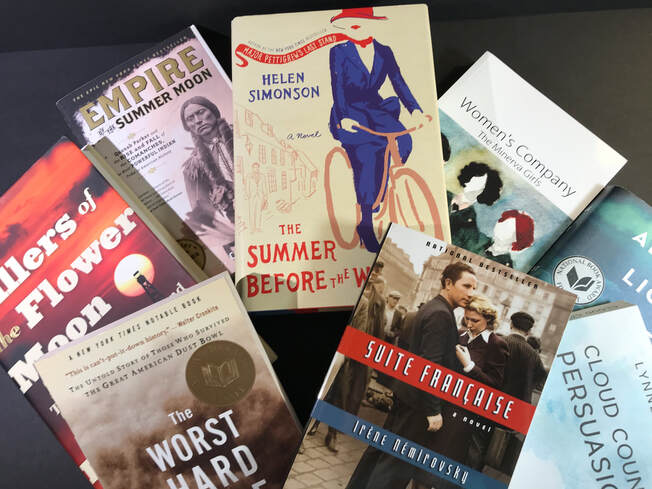 Books and books and books -- oh, yes! Books and books and books -- oh, yes! You love to read, and you want to discuss books with other people who love to read. You’ve decided to start a book club. What’s the next step? I started and conducted a book club that continued for over ten years. Currently (2024), I’ve been participating in a book club for over five years. Try out these ten tips to make your book club great. 1. WHO TO INVITE?
Fellow book lovers! They’ll need to be readers who have both the time to read and to discuss books. Are you interested in creating a club that focuses on one genre of fiction (for example, mysteries) or several genres? Do you want to include nonfiction selections? You might find it easier to recruit members if the readers are open to a wider range of books. On the other hand, some readers are keen to focus on their favorite genre. 2. HOW MANY PEOPLE DOES A BOOK CLUB NEED? It takes only a few people. Four or five regular attendees at each meeting might be just the right number for a discussion in your group. Over time, the club can adjust that number to what works best for them. Two of the biggest determinants of a club’s size are
As the founder, take the role of coordinator to keep the group together. I. Have you experimented with any of the following hints?
Good suggestions, but if it hasn't come together for you or you'd like to up your game, then check out one or more of the following five books for ideas.
Is penmanship old school now? Even archaic? Nothing more than a superfluous pastime in a high-tech society? Updated: April 3, 2024 "There's a duck in the front yard," my husband said. We'd had the rainiest May ever recorded in Kansas, but a duck on the lawn? I went to the window and squinted. It was too early for eyeglasses. "Over there, Lynne. By the tree." "It's a mallard," I said. "What's he doing here?" My husband grinned. "Looking for girls." Whatever the duck's agenda that morning, the spring rains once again helped our ornamental trees explode with color and our Itoh peonies produce the loveliest blossoms yet. Since we dodged the extreme flooding suffered by parts of Kansas this year, we were especially grateful for the colors in our garden. We enjoyed them so much that I thought you'd like to see a few snapshots from 2018 and 2019. Updated; April 3, 2024 Remembrance Day in the United Kingdom and Veterans Day in the USA will coincide this year on 11 November (2018). The eleventh hour of the eleventh month of 2018 will mark the 100th year since the fighting stopped in what came to be known as World War I (August 1914 – November 1918).
It's a good time to read up on World War I from the British experience. Two novels and an autobiography that I thoroughly enjoyed are among my top choices. All three books:
In short, the books hit the mark in describing the difficulties of the Great War for the British who suffered through it. Two are hefty in length: the autobiography, Testament of Youth, runs about 600 pages; Parade’s End (really four novels) comes in close to 900 pages. The short novel, The Return of the Soldier, is not quite 100 pages. |
AuthorLynne Schall is the author of three novels: Women's Company - The Minerva Girls (2016), Cloud County Persuasion (2018), and Cloud County Harvest (November 2022). She and her family live in Kansas, USA, where she is writing her fourth novel, Book 3 in the Cloud County trilogy. Archives
October 2023
|
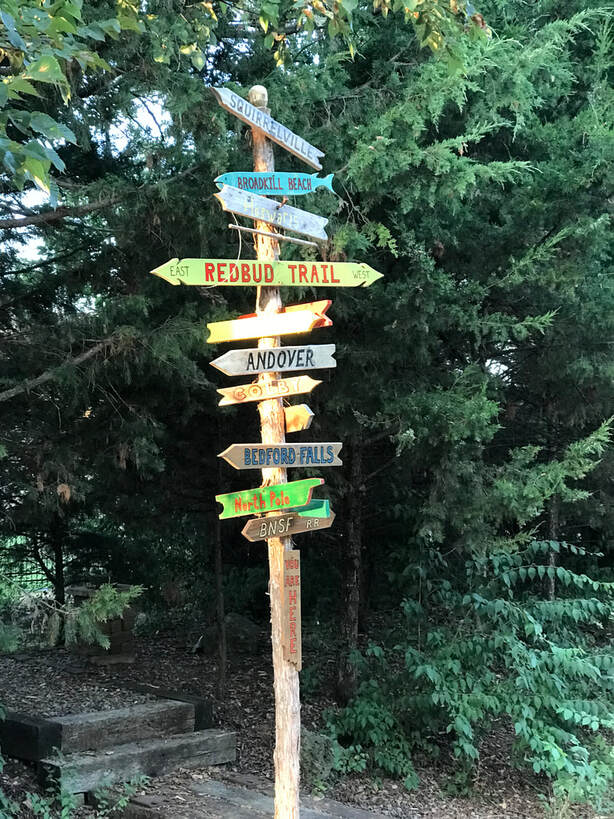


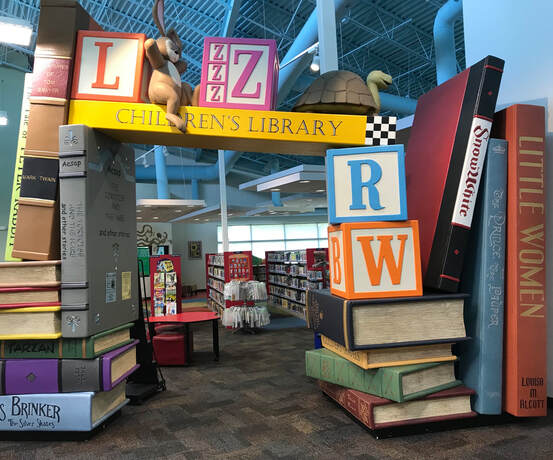

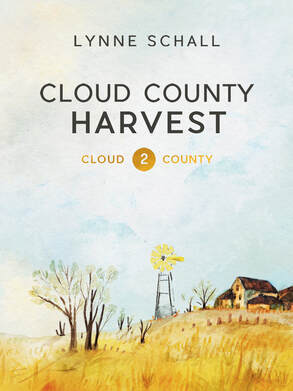


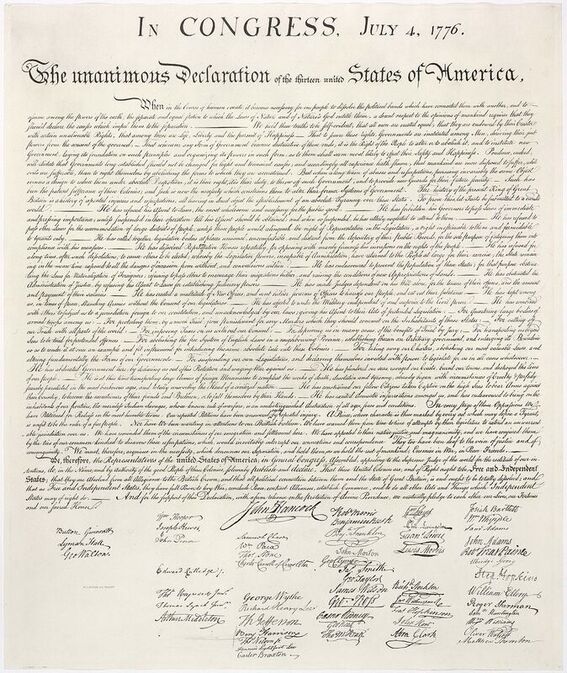

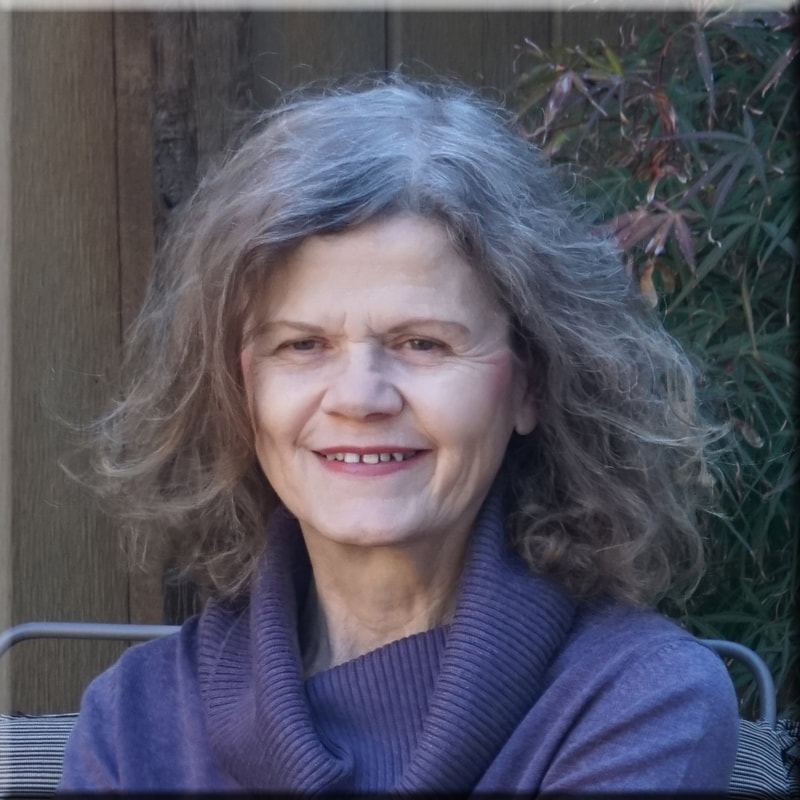
 RSS Feed
RSS Feed

